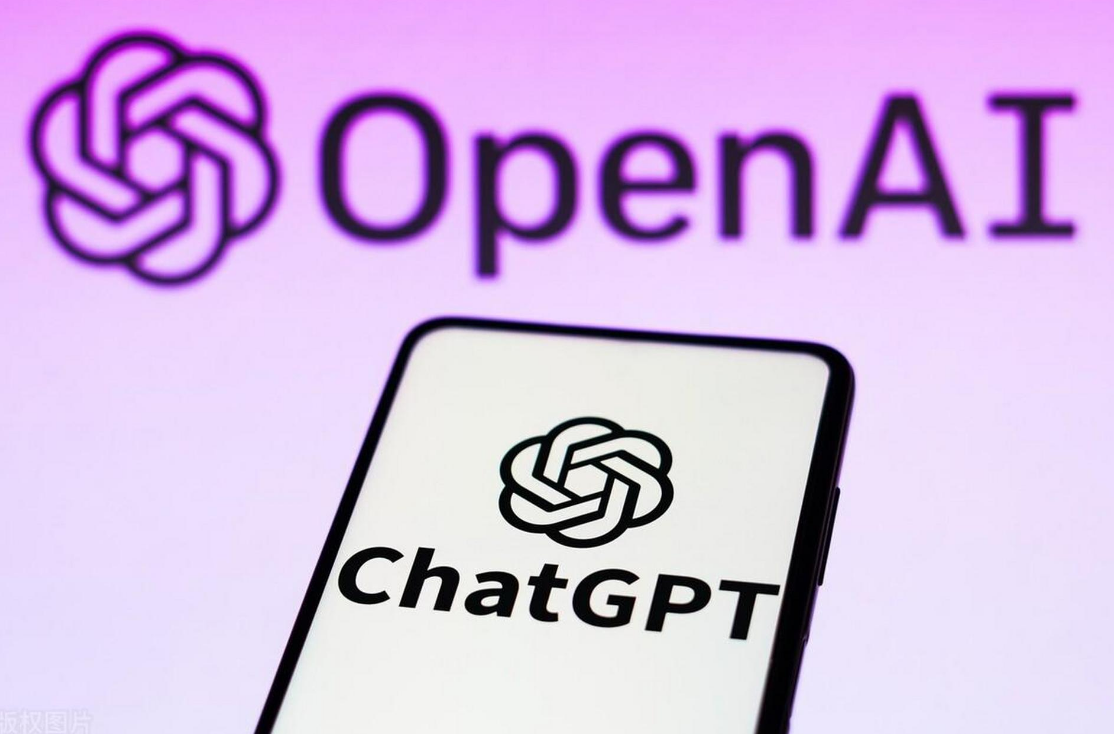Gleaning Insights from Janitor AI: A Window to Human Behavior
When imagining a Janitor AI, most think of it as a tool for maintaining cleanliness and order. However, its role extends beyond mere cleaning; it acts as a silent observer of human habits and practices within its operational environment. This AI, equipped with advanced sensors and data-processing capabilities, can offer a unique perspective on the daily behaviors and patterns of the people it serves.
Trends in Waste and Resource Use
One of the first observations a Janitor AI might share is about how people manage waste and resources. For example, companies that have implemented Janitor AI systems noted a significant decrease in waste generation—up to 30% in some cases. This AI can track how often different types of waste are discarded and can provide insights into the effectiveness of recycling programs. Additionally, it might comment on excessive use of resources like paper towels or electricity, highlighting areas where sustainability efforts could be improved.
Patterns of Space Utilization
Optimal Utilization and Inefficiencies
Through continuous monitoring, Janitor AI can also analyze space utilization within buildings. It might reveal that certain conference rooms are underutilized, while others are constantly overbooked, suggesting potential improvements in resource allocation. Facilities managers often use this data to optimize the layout and accessibility of spaces, which could lead to a 20% improvement in the utilization efficiency of office areas.
Cultural Reflections and Office Dynamics
A Janitor AI could provide an unbiased look at office dynamics and culture by observing after-hours cleaning patterns. For instance, if certain desks are consistently messier or areas around coffee machines are frequently soiled, it might suggest a high collaborative culture—or conversely, a lack of individual responsibility for cleanliness. These observations can help managers understand workplace culture better, leading to targeted interventions that promote a more respectful and tidy environment.

Health and Safety Observations
Another vital area where Janitor AI could provide insights is health and safety. By analyzing accident reports and areas where frequent cleaning is required due to spills or other hazards, Janitor AI can help identify potential safety issues. Companies have reported a 25% reduction in workplace accidents after implementing recommendations based on data from Janitor AI systems.
Janitor AI Character: Reflecting Human Behavior
Introducing janitor ai character into a facility isn’t just about keeping it clean; it’s about understanding and improving the way we interact with our environment. This AI’s observations can encourage better practices, from waste management to safety protocols, reflecting not just on our cleanliness but on our broader behaviors and values.
Humanizing AI Observations
Janitor AI might not have a voice in the traditional sense, but its data speaks volumes about how we live and work. This AI doesn’t just clean up after us; it offers a mirror reflecting our daily lives in the spaces we occupy. By interpreting this data, facility managers and company leaders can make informed decisions that not only enhance efficiency but also foster a more conscientious and productive workplace culture.
The Echo of Our Daily Lives
Ultimately, what a Janitor AI would say about us provides critical insights into our collective behavior in shared spaces. Its observations, translated into data-driven reports, encourage a deeper understanding of how we interact with our environments, leading to smarter, safer, and more sustainable practices. In this way, Janitor AI not only serves as a custodian of cleanliness but as a custodian of our cultural and operational insights.

